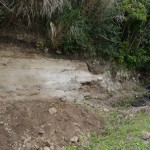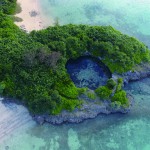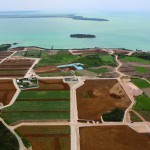Traditional Performing Arts and Crafts
【Designated by the City:Tangible Folk】Yamasu Ugan
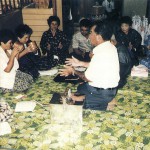
Yamasu Ugan, an annual celebration in Kurima, begins on the day of Kinoe-uma (the Monkey and the Horse) and is a major event involving the entire isla[…] read more – >
【Designated by the City:Intangible Folk】Stick Dance of Kawamitsu
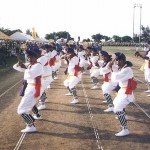
The dance to drive out evil spirits handed down in Kawamitsu is called “bohhu” in the local dialect. The origin of the dance is said to be around 1686[…] read more – >
【Designated by the City:Intangible Folk】Harvest Festival of Shinzato
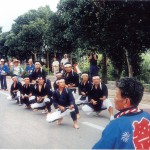
The Harvest Festival of Shinzato, held on the days of Tsuchi in June of the lunar calendar, consists of a Lion Dance, a stick dance, a women’s dance ([…] read more – >
【Designated by the City:Intangible Folk】Great Tug-of-War of Miyaguni
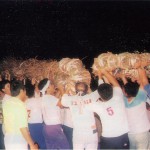
It is one of the events held in the Miyaguni settlement during the Bon period of the lunar calendar. The rope is made of Kyaan (common derris) and the[…] read more – >
【Designated by the City:Intangible Folk】Masutorya in Nobaru
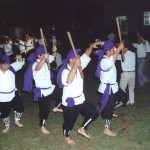
It is a festival to celebrate a year of abundance, held in Nobaru, Ueno, on August 15 of the lunar calendar. In the morning, women offer prayers at a […] read more – >
【Designated by the City:Intangible Folk 】Shisha (Lion Dance) of Matsubara
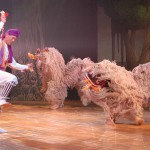
This dance is performed at the square by the coast, referred to as Zugaki, during the Hari (Sea God Festival) held every year on May 4 of the lunar ca[…] read more – >
【Designated by the City:Intangible Folk 】Kuicha of Nikadori
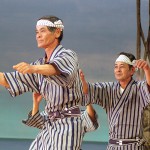
The Kuicha of Nikadori has been passed down over time, danced by the people in their prayers for good harvests, wishes for rain, and for entertainment[…] read more – >
【Prefecturally Designated:Selected Intangible Folk 】Myakuzutsu of Ikema Island
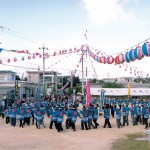
Over three days starting on the day of the horse or Kinoeuma every year from August to September in the lunar calendar, the largest festival on Ikema […] read more – >
【Designated by the City:Intangible Folk】Shishi-mai (Lion Dance) of Kami-ku
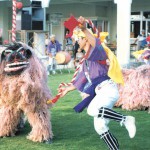
The five settlements of Sazuga, Uzzanmi, Zaratsuki, Yunabari, Panakisha are said to have been administratively separated from Shimozato Village as Shi[…] read more – >
【Designated by the City:Intangible Folk】Shishi-mai (Lion Dance) of Higa
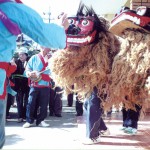
Legend has it that the Shishi-mai of Higa began in 1913. The ruling class and the commoners disputed over land possessed by the settlement, and the is[…] read more – >
 宮古島アプリの綾道(あやんつ)トップページ
宮古島アプリの綾道(あやんつ)トップページ 宮古島アプリの綾道(あやんつ)の内容
宮古島アプリの綾道(あやんつ)の内容 宮古島の3つのルート
宮古島の3つのルート 宮古島市長のあいさつ
宮古島市長のあいさつ 宮古島文化遺産紹介
宮古島文化遺産紹介
